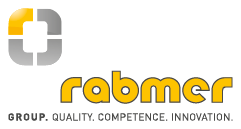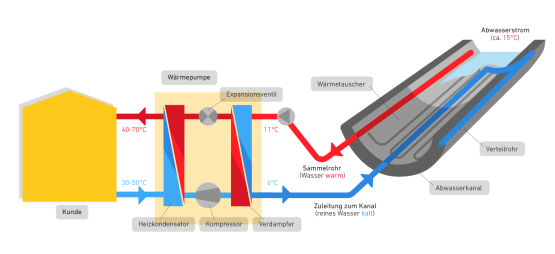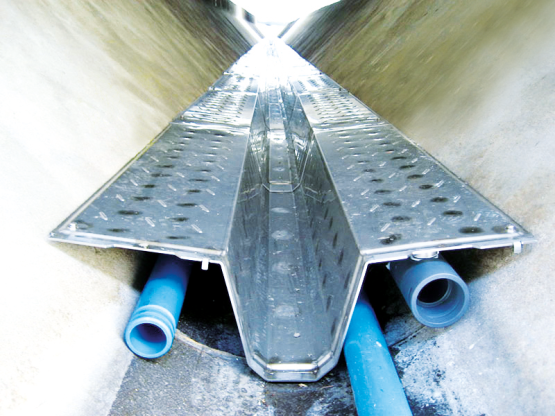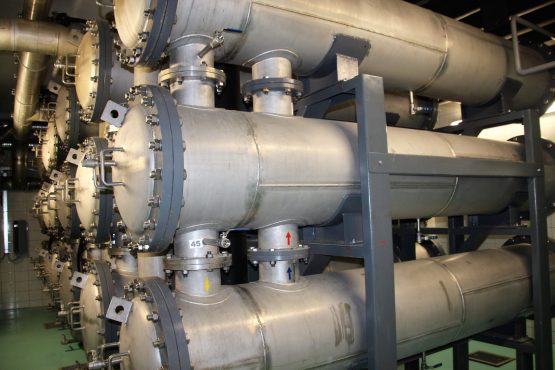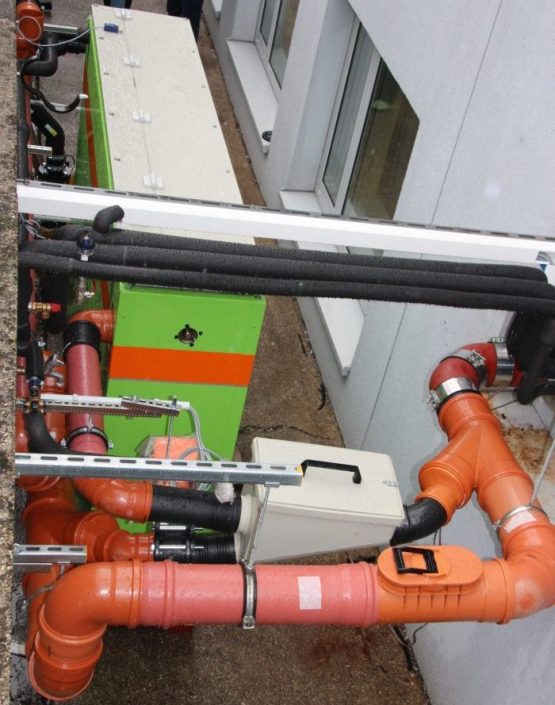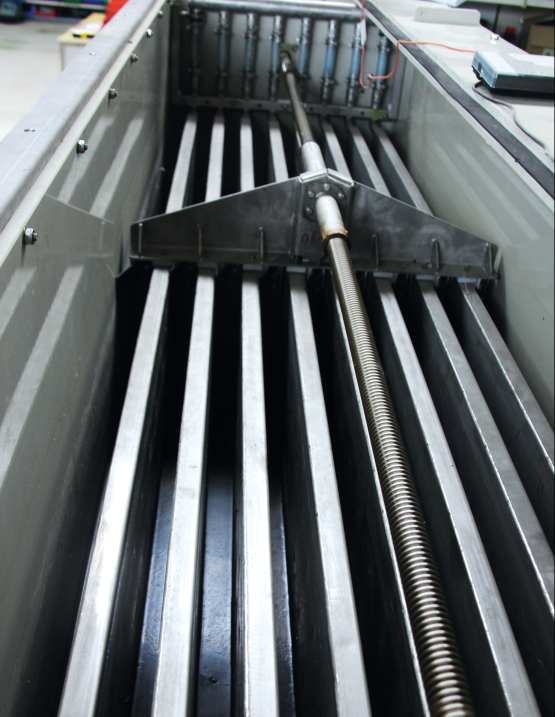If office and residential buildings, hospitals or shopping centers are located near sewers with a waste water volume of at least 10 liters per second, these buildings can be heated and cooled with the energy from the waste water in a particularly economical and environmentally friendly way. Here, innovative heat exchanger systems and efficient heat pumps are used, which significantly reduce energy costs and CO2 emissions for systems with an output of 100 kW or more.
With our proven technologies, we provide you with a solution that meets your requirements:
Channel heat exchanger with dry weather channel
- Suitable for all duct shapes, quick assembly
- Optimum use of heat, since the entire surface is flooded even in dry weather
- Supply and return lines are routed below the heat exchanger to ensure easy maintenance of the channel by the operator
External heat exchangers
- For large projects from approx. 500 kW output
- Waste water is pumped out of the sewer via a shaft and pre-cleaned using a mechanical filter
- Extremely high efficiencies (COP 7 to 8) can be achieved using externally mounted heat exchanger bundles and heat pumps
You can find more information about using energy from wastewater to heat and cool buildings here.



